Rate of improvement of quantum dot devices is one of the most rapid seen for a solar technology.


Rate of improvement of quantum dot devices is one of the most rapid seen for a solar technology.

Triazine-based graphitic carbon nitride has the potential to improve transistors used in electronic devices.
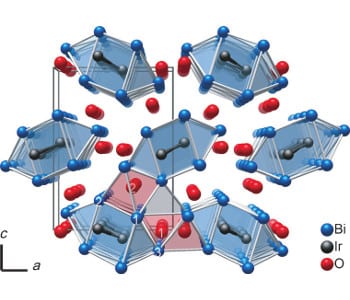
Unusual compound is the first metallic oxygen ion conductor of its kind, as well as the first that is active at room temperature.
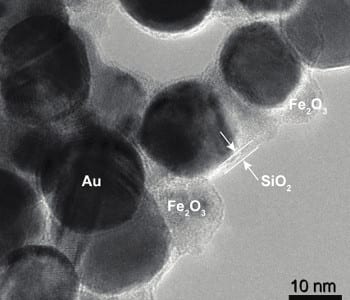
ETH researchers have developed plasmonic particles that are relatively easy to produce and have a wide range of applications, including cancer treatment.
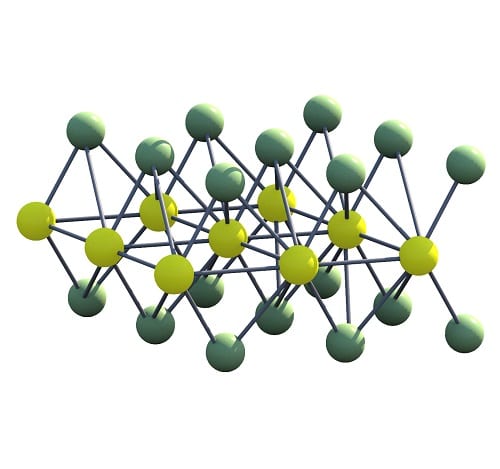
Ultrathin layers made of tungsten and selenium may be used as flexible, semi-transparent solar cells.

Heat-based carbon nanotube/PDMS sensor developed at University of Michigan could detect terahertz radiation in real-time.

Team reports a catechol-based SAM technique to produce more homogeneous catechol-containing surface with improved adhesion properties.
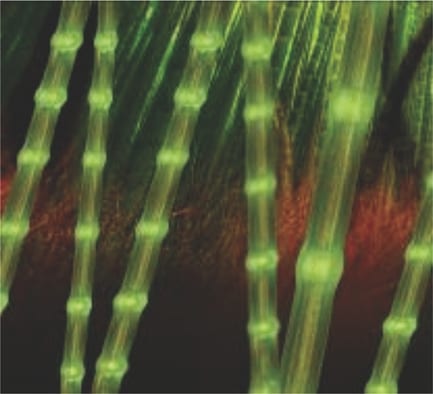
A biomimetic one-step fabrication approach is utilized to generate bamboo-like hybrid fibers at the micro- and nanoscale.
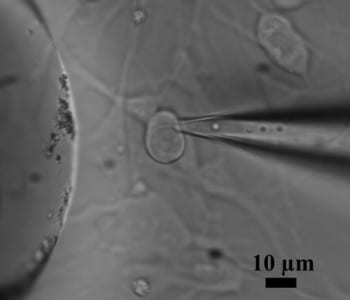
Silica-coated gold nanorods with absorption at precisely 780 nm cause action potentials in nerve cells when exposed to laser light.
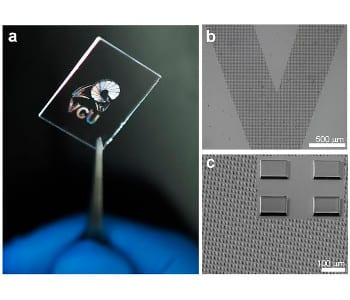
Researchers from Virginia Commonwealth University have found a way to fabricate precise, biocompatible architectures of silk proteins at the microscale.